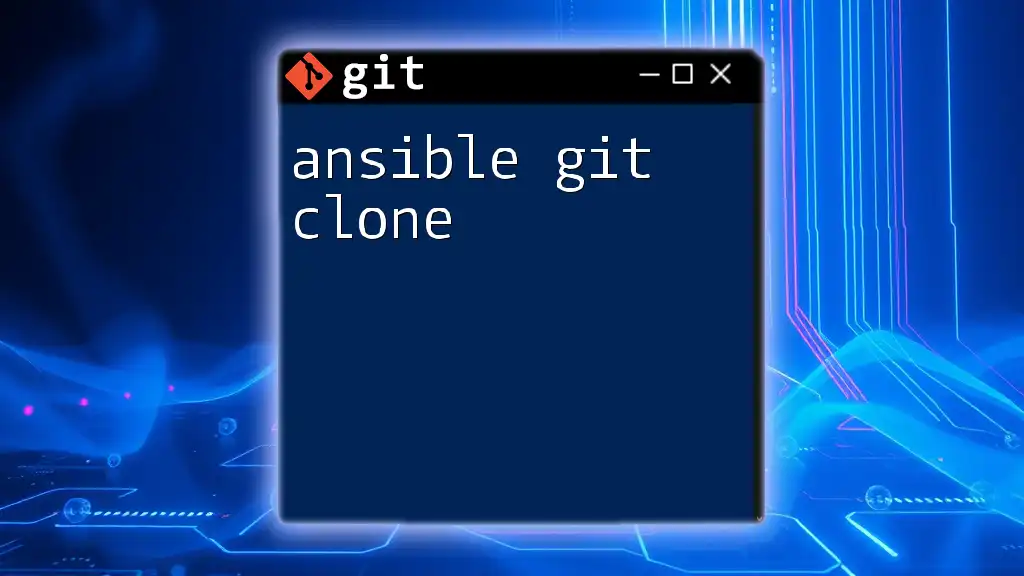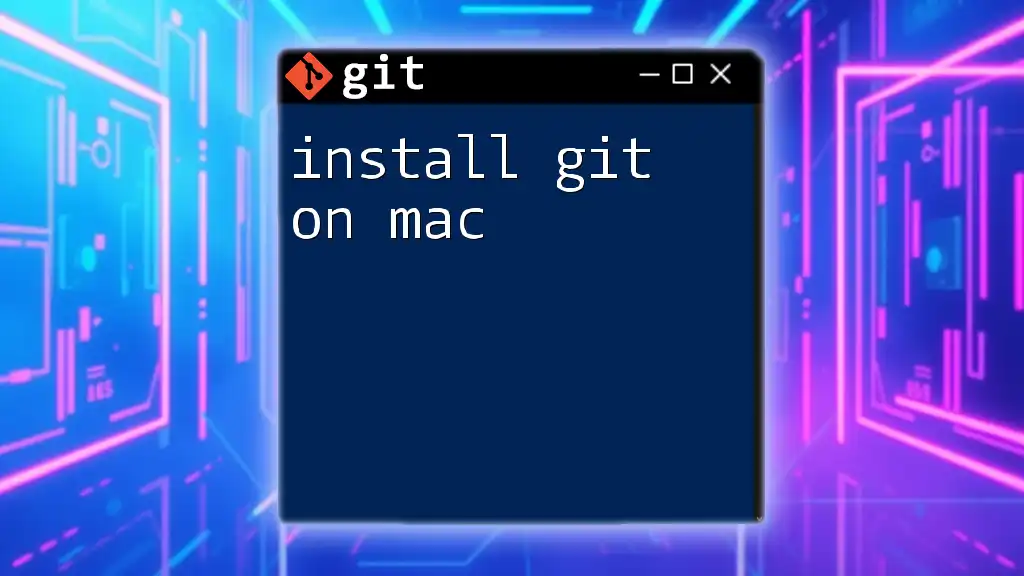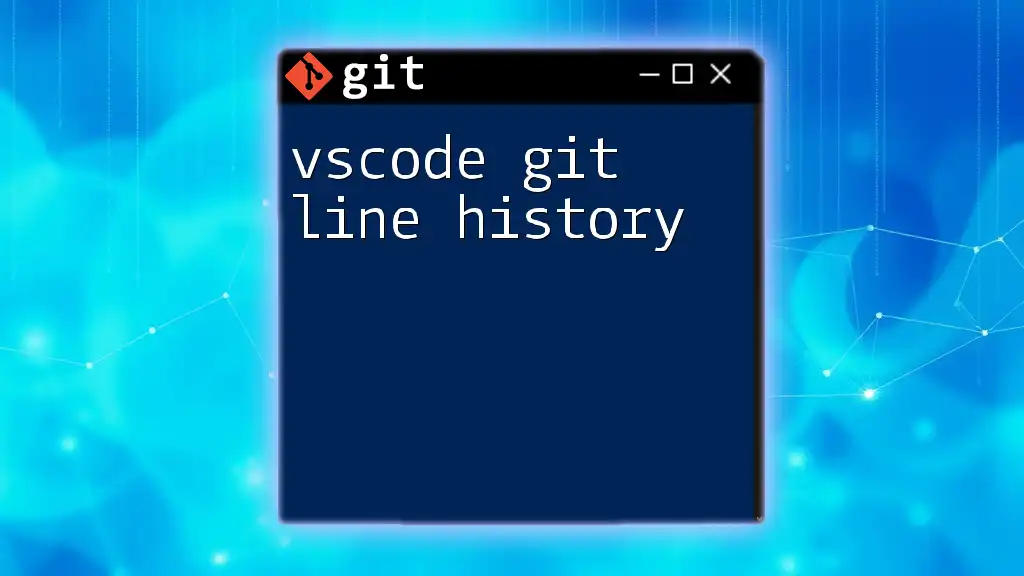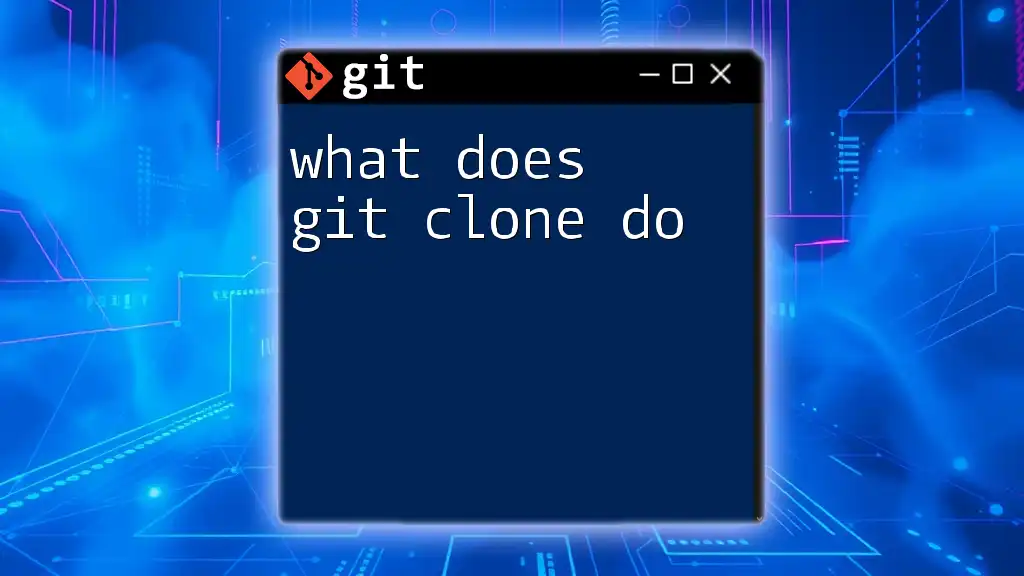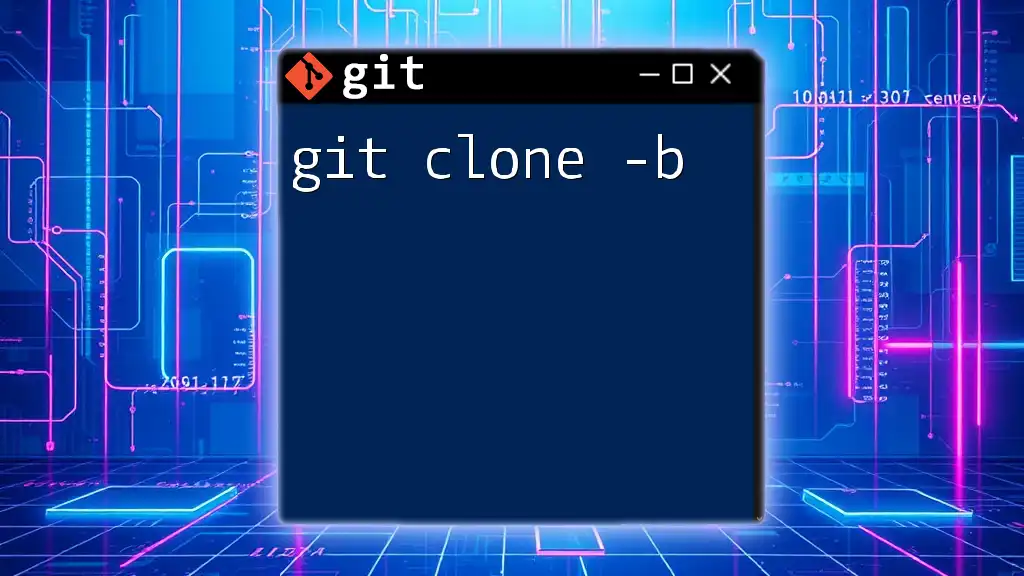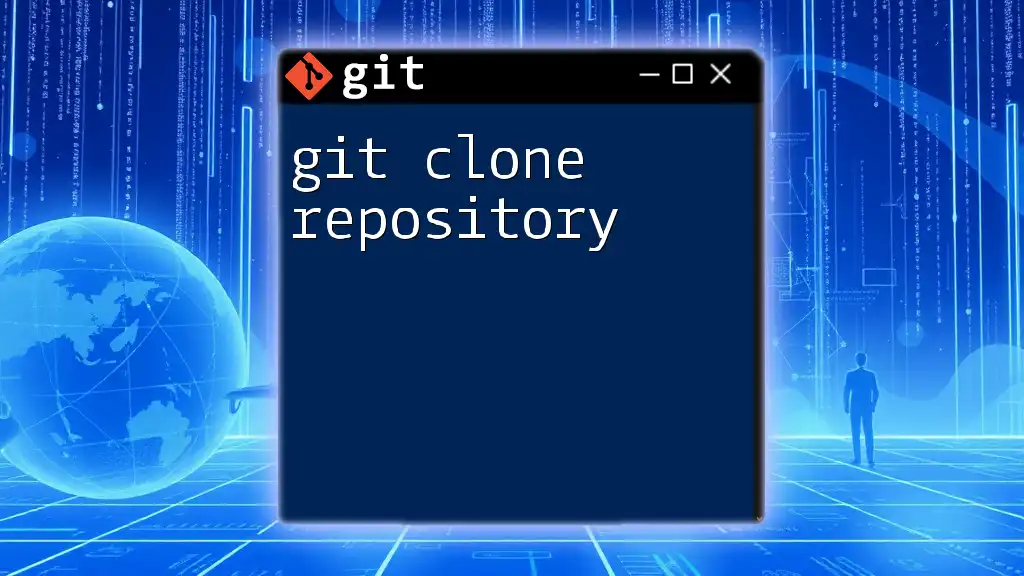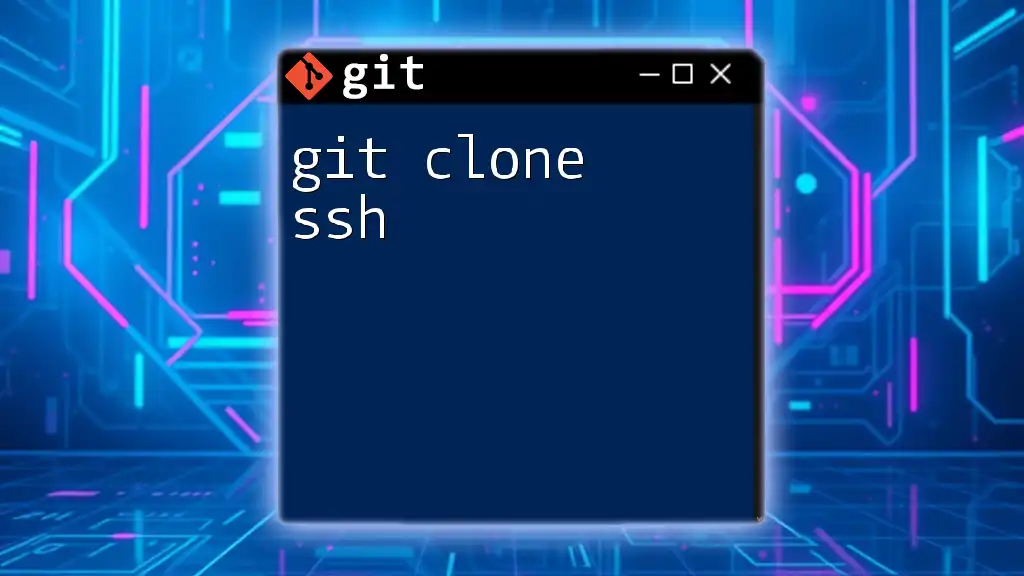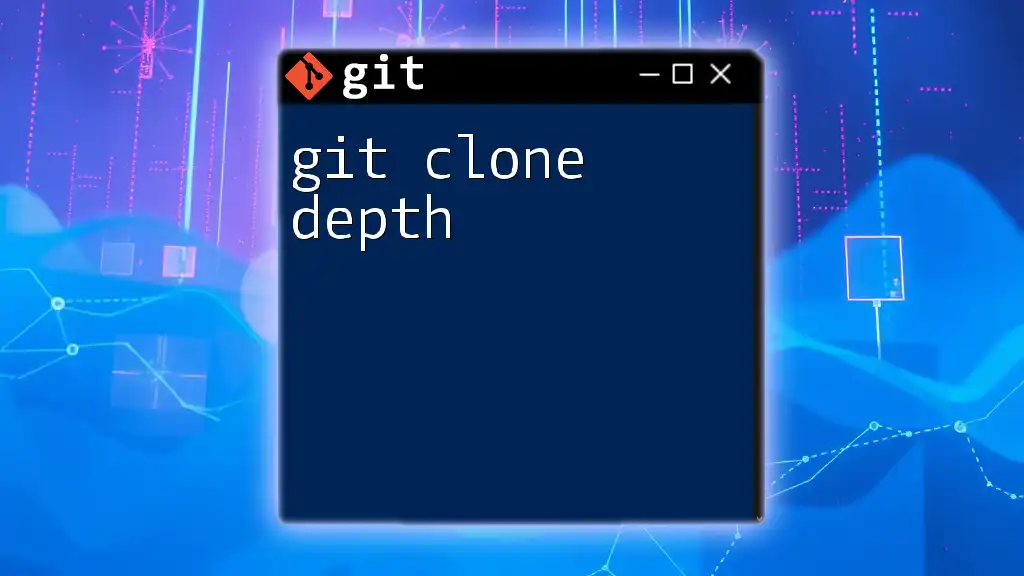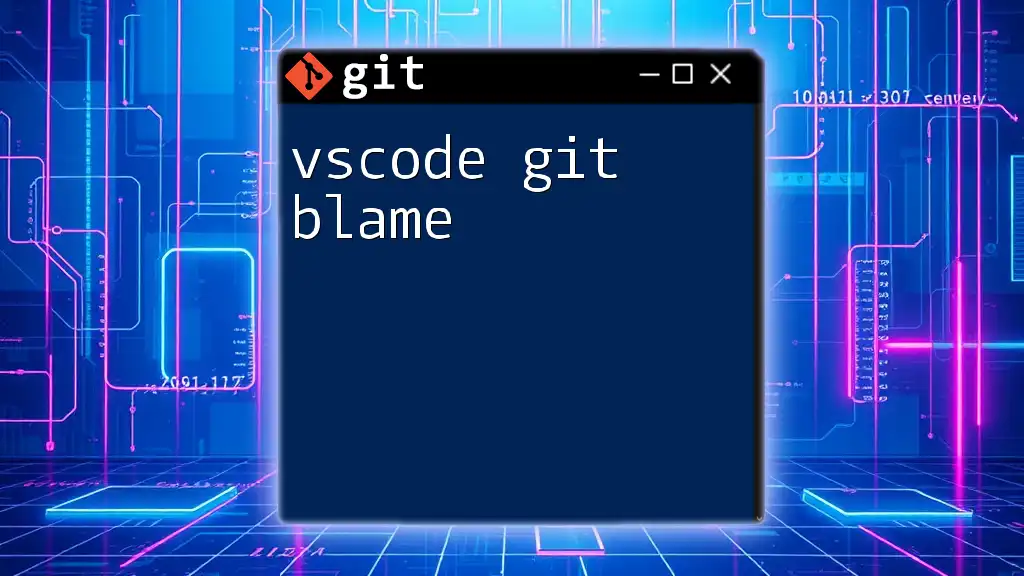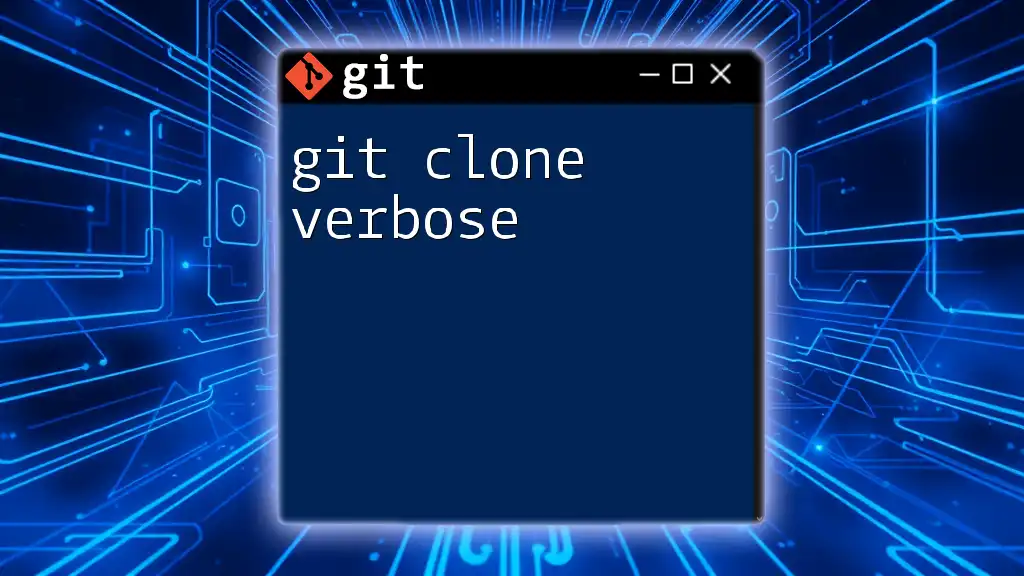Ansible can automate the process of cloning a Git repository by using the `git` module to easily manage code deployments and updates.
- name: Clone a Git repository
git:
repo: 'https://github.com/username/repository.git'
dest: '/path/to/destination'
version: 'main'
Understanding Ansible and Git
What is Ansible?
Ansible is an open-source automation tool designed to simplify IT tasks, including configuration management, application deployment, intra-service orchestration, and provisioning. Its agentless architecture allows users to manage entire infrastructures without having to install software on remote machines, maximizing both efficiency and ease of use.
One of Ansible's primary features is its playbooks, which are YAML files that include a series of tasks targeted at specific hosts. This declarative language enables users to describe the desired state of their systems in a clear and concise manner.
What is Git?
Git is a distributed version control system that tracks changes in files and coordinates work among multiple people. It is widely used in software development and provides powerful tools for managing changes to source code over time.
With Git, users can work in branches, enabling them to try new ideas or features without affecting the main codebase. This branching model fosters collaboration, making it simpler for teams to develop, share, and review code efficiently.
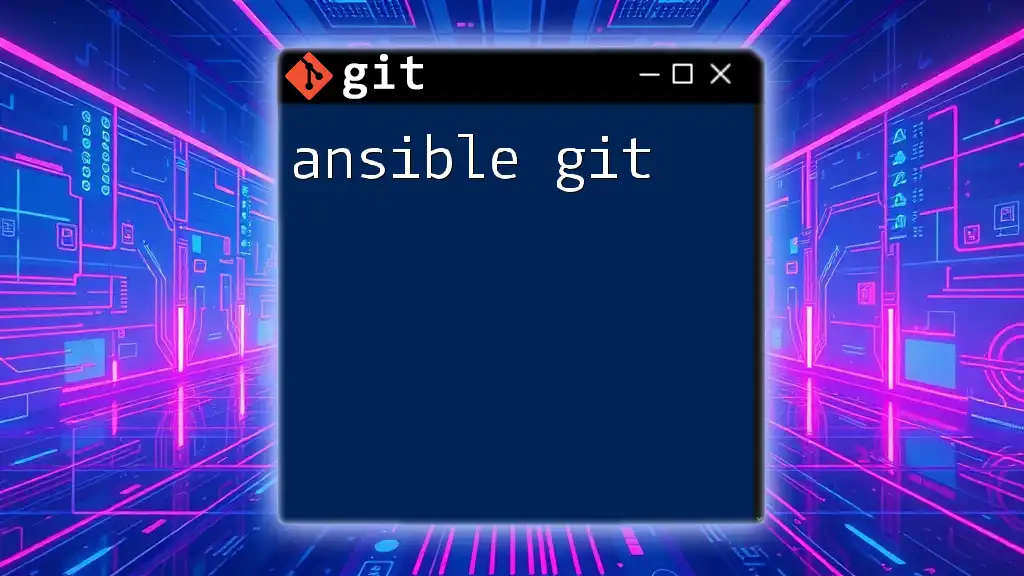
Why Use Ansible with Git?
Benefits of Combining Ansible and Git
Combining Ansible and Git maximizes the strengths of both tools, introducing several key benefits:
- Version Control: With Git, you can maintain an accurate history of changes in Ansible playbooks, making it easy to understand modifications over time.
- Collaboration: Multiple team members can work on playbooks simultaneously, using branches in Git to isolate their changes before merging them back into the main project.
- Rollback Capabilities: If an update introduces issues, Git lets you quickly revert to a previous version of the playbook, saving time and effort in troubleshooting.
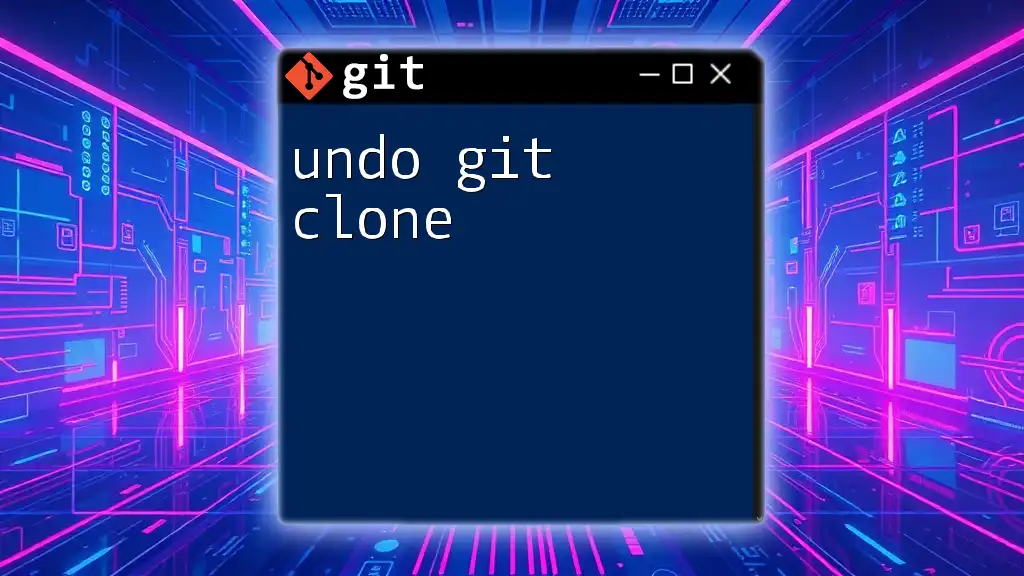
Getting Started with Ansible Git Clone
Prerequisites
Before diving into using `ansible git clone`, ensure you possess a basic understanding of both Ansible and Git. Additionally, verify that you have Ansible and Git installed on your local machine.
Setting Up Your Environment
Installing Ansible and Git varies based on your operating system. Below are the installation commands for a typical Ubuntu setup.
To install Git, run:
sudo apt-get update
sudo apt-get install git
To install Ansible, use:
sudo apt-get install ansible
Cloning a Git Repository with Ansible
What is `git clone`?
The `git clone` command is fundamental in Git operations. It creates a local copy of a remote repository, thereby allowing users to interact with the files without needing constant internet access. Within an Ansible context, using the `git` module allows you to automate the cloning process during system configurations and deployments.
Example Scenario
Imagine you have a Git repository containing a collection of Ansible playbooks that you wish to deploy on multiple servers.
The `git` Module in Ansible
Overview
The `git` module in Ansible provides a way to manage Git repositories. By using this module, you can perform various operations, including cloning a repository, fetching updates, and ensuring files are up-to-date with a specified version.
Basic Usage
To clone a repository using the `git` module within an Ansible playbook, you can implement the following code snippet:
- name: Clone a Git repository
hosts: localhost
tasks:
- name: Clone My Ansible Playbooks
git:
repo: 'https://github.com/myusername/myplaybooks.git'
dest: '/path/to/destination'
Here, the `repo` parameter specifies the URL of the repository to be cloned, and the `dest` parameter indicates the local path for the cloned repository.
Specifying Branches, Tags, or Commits
Cloning Specific Versions
Ansible's `git` module allows you to clone specific branches, tags, or commits, ensuring that you can work with the exact version of the playbook you need. This is done through the `version` parameter.
For example, to clone a specific branch, you would write:
- name: Clone a specific branch
git:
repo: 'https://github.com/myusername/myplaybooks.git'
dest: '/path/to/destination'
version: 'feature-branch'
Handling Git Credentials
Authentication Methods
When cloning private repositories, it's essential to manage authentication securely. Git supports several methods, including HTTPS with token-based authentication and SSH keys. Using SSH keys is often the preferred method for automated tasks since it eliminates the need for passwords during the clone operation.
To clone a repository using SSH in an Ansible playbook, implement the following snippet:
- name: Clone a Git repository using SSH
git:
repo: 'git@github.com:myusername/myplaybooks.git'
dest: '/path/to/destination'
# Ensure SSH keys are configured beforehand to avoid authentication errors.
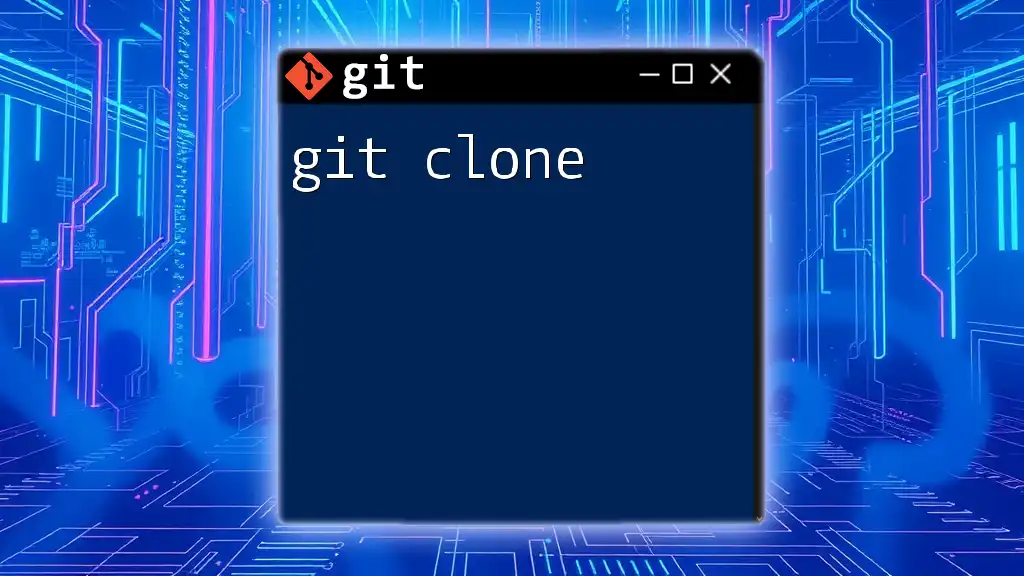
Best Practices for Using Ansible with Git
Keeping Your Repositories Organized
When working with Ansible and Git, maintaining an organized repository structure is vital. Consider using directories logically—grouping related playbooks or roles can facilitate easier navigation and comprehension, especially in larger projects.
Regular Updates and Maintenance
To keep cloned repositories synchronized with the latest changes, it is advisable to schedule regular updates. Ansible can be configured to periodically pull changes from a remote repository by appending tasks in your playbook that utilize the `git` module with the `update` parameter set to `yes`.
Error Handling in Ansible Playbooks
Proper error handling for the `git` module is crucial to avoid failures during playbook execution. Implementing the `ignore_errors: yes` directive allows the playbook to continue executing even if a cloning operation fails, which can be helpful in certain situations. However, it's paramount to monitor the output logs to catch and address any issues.
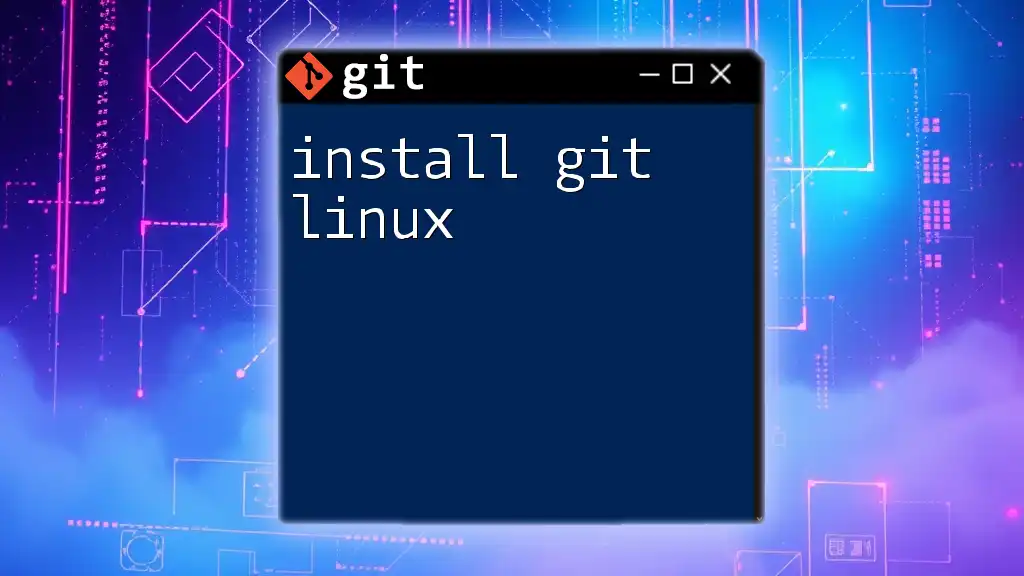
Common Issues and Troubleshooting
Troubles during Cloning
When using `ansible git clone`, users may encounter various issues, such as access denials or incorrect repository URLs. Common problems include:
- SSH Issues: Ensure that SSH keys are correctly configured and that your Git settings allow SSH access.
- Repository Not Found: Double-check the repository URL and ensure it is publicly accessible or that you have proper credentials for private repositories.
Network and Firewall Considerations
Sometimes, network configurations or firewalls can prevent successful cloning operations. Make sure your network allows Git access over necessary ports (typically port 22 for SSH and port 443 for HTTPS). If you are behind a strict firewall, consult your network administrator to configure the necessary settings.

Conclusion
The integration of Ansible with Git through the `ansible git clone` command streamlines the process of managing playbooks and sharing them across teams. By familiarizing yourself with the `git` module, using best practices, and addressing common issues, you can leverage this powerful combination for efficient automation and configuration management. The journey of learning both Ansible and Git is enriching, and mastering these tools will significantly enhance your productivity and collaboration within teams.
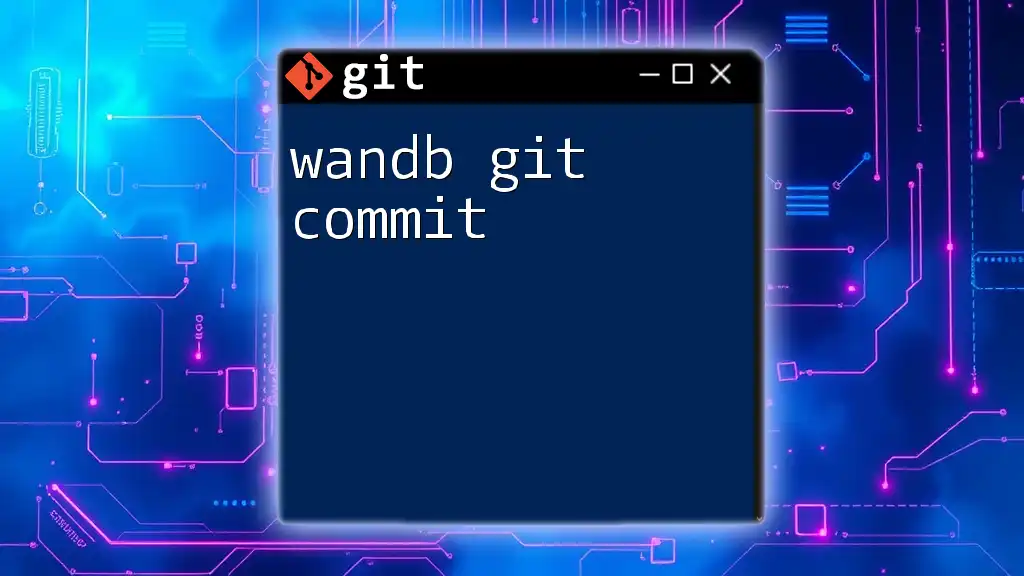
Additional Resources
Further Reading
For more detailed information, check out the Ansible documentation and Git resources available online.
Community and Support
Engage with the broader community through forums and discussion groups. Sharing experiences and troubleshooting collectively can provide valuable insights and foster greater understanding of both tools.

